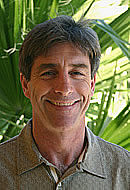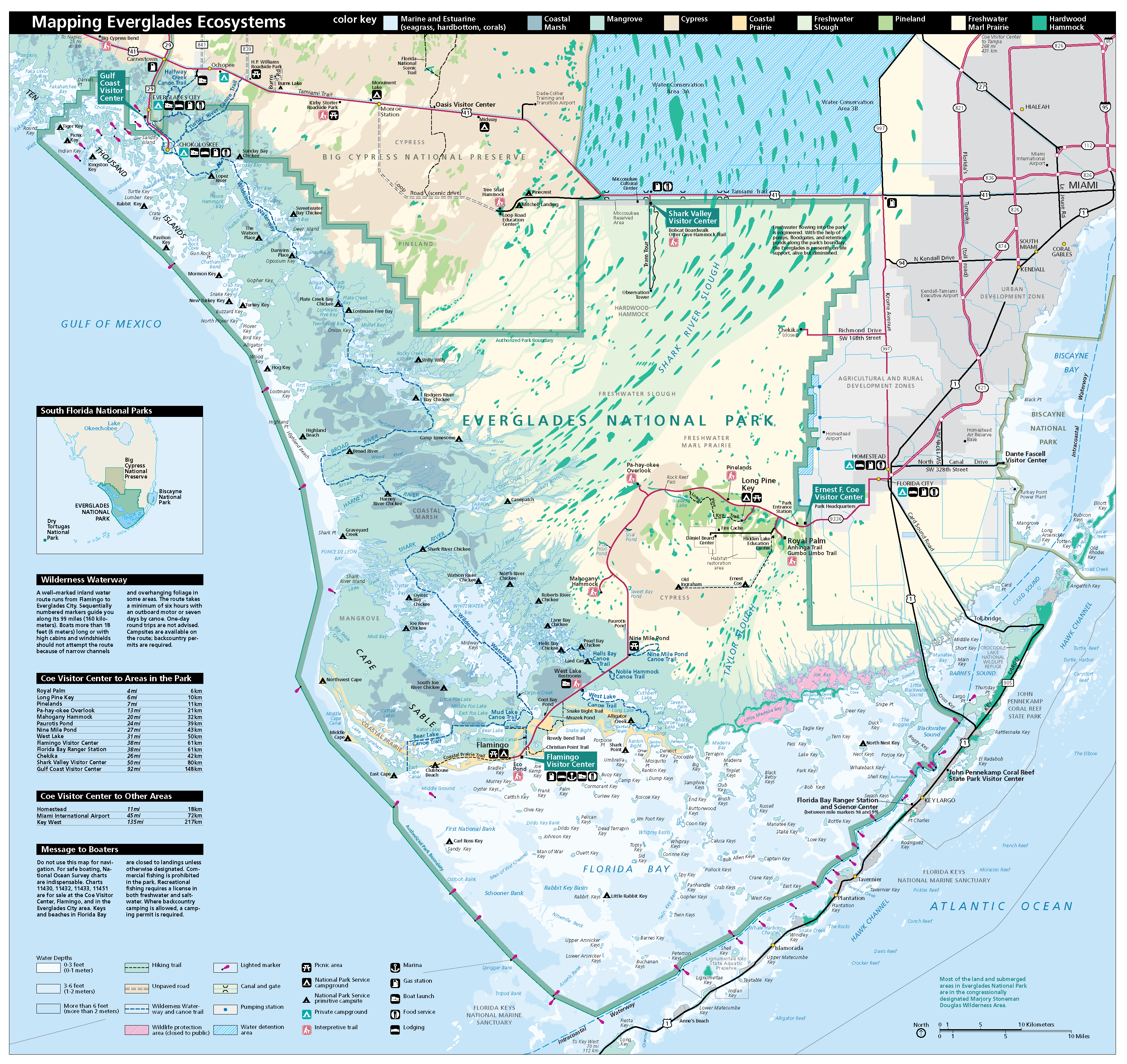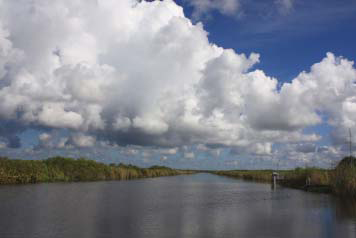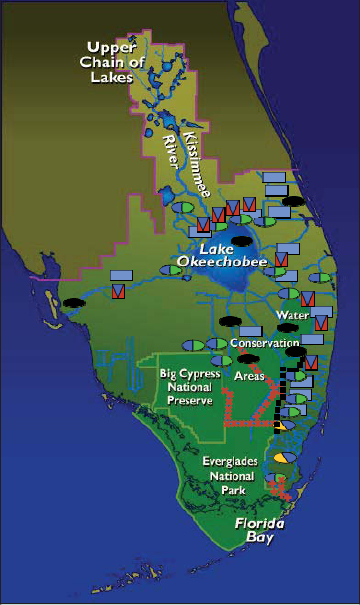A September 23, 2010 Events and Media report from Bren, titled “Bren Professor Frank Davis Leads Assessment of Multi-Billion-Dollar Everglades Restoration Project,” states: “As chair of the Committee on the Independent Scientific Review of Everglades Restoration Progress, Bren School professor of ecology Frank Davis led the work that resulted in a new 348-page report issued by the National Research Council tracking the progress of a decade-long, multi-billion dollar project to restore the Florida Everglades. The release from the National Academies News Office follows.”
A decade-long, multibillion dollar effort to restore the Florida Everglades has made tangible, albeit slow, progress, but additional projects need completion before substantial benefits are seen, says a new congressionally mandated report from the National Research Council. Challenges in achieving targets for both water quality and water flow have become more apparent, requiring further scientific analysis to determine the repercussions of trading off one for the other. Although important scientific advances have been made, continued decline of some aspects of the ecosystem, such as water quality and endangered snail kite populations, make it critical to accelerate ecological improvements.
The congressionally mandated report is the third biennial evaluation of progress made by the Comprehensive Everglades Restoration Plan (CERP), a joint federal and state project that aims to reverse the ecosystem’s decline while continuing to meet growing demands for clean water and flood control. Launched in 2000 by the U.S. Army Corps of Engineers and the South Florida Water Management District, CERP is a multiorganization planning process that comprises approximately 50 major projects to be completed over the next several decades.
“One of the main objectives in restoring the Everglades is ‘getting the water right,’ which calls for increasing the amount of freshwater that flows through the system while meeting water-quality goals,” said Frank Davis, chair of the committee that wrote the report and a professor at the Bren School of Environmental Science & Management at the University of California, Santa Barbara. “But getting enough water to the right places at the right time and attaining water-quality goals throughout the entire ecosystem is proving to be more difficult and expensive than originally anticipated. It will likely take several decades and a continued commitment to systemwide pollution management, storage, and water-quality treatment.”
After assessing the overall CERP and non-CERP efforts to restore the southern-Florida ecosystem, the committee concluded that although progress has been slow over the past two years, improvements have been made in the pace of implementation, the relationship between federal and state partners, and research efforts. Four CERP projects are under construction, and pilot projects are addressing important design uncertainties. Several projects that serve as foundations to the plan are also under way, most notably the 1-mile Tamiami Trail Bridge, which is part of the Mod Waters project. However, to date, the current construction has resulted in only sparse benefits in terms of natural-system restoration
The committee also found challenges for CERP in improving water flow and restoring water quality in the ecosystem. Although increasing water storage and associated water treatment is a major near-term priority, the reduced area and natural water-storage capacity of the modern Everglades make evenly distributed restoration infeasible. Conditions may even worsen in some areas to achieve the desired outcomes in others.
The current extent of stormwater-treatment areas (STAs) that remove phosphorus from the water is insufficient to treat existing water flow in the Everglades Protection Area, the report says. With increased volumes of water planned to enter the ecosystem as part of CERP, an estimated 54,000 additional acres of STAs would be required—costing approximately $1.1 billion to construct and $27 million per year to operate and maintain. Therefore, the committee recommended a comprehensive cost-effectiveness analysis to optimize restoration outcomes given state and federal financial constraints. The committee also suggested research to assess STA sustainability and performance and improve practices that help control phosphorus and other nutrients. In addition, the River of Grass initiative, which includes the purchase of nearly 27,000 acres from U.S. Sugar, could provide additional land for water storage and treatment.
To help officials weigh the effects of simultaneous restoration projects on multiple ecosystem components, the report calls for research on the associated trade-offs from a whole ecosystem perspective, in particular the consequences of reducing water quantities while maintaining sufficient water quality and, conversely, reducing the quality of water in the ecosystem while maintaining sufficient flow. Furthermore, research should explore the degree to which negative consequences of these actions are reversible and on what time frames. Improved tools to help officials analyze decisions are needed to weigh the effects of restoration projects on multiple ecosystem components, including habitat conditions, threatened species, and features such as tree islands.
The report was sponsored by the U.S. Army Corps of Engineers, the South Florida Water Management District, and the U.S. Department of the Interior. The National Academy of Sciences, National Academy of Engineering, Institute of Medicine, and National Research Council make up the National Academies. They are independent, nonprofit institutions that provide science, technology, and health policy advice under an 1863 congressional charter. Committee members, who serve pro bono as volunteers, are chosen by the Academies for each study based on their expertise and experience and must satisfy the Academies’ conflict-of-interest standards. The resulting consensus reports undergo external peer review before completion. A brief version of the report can be found here, and a New York Times article about the report can be found here.






